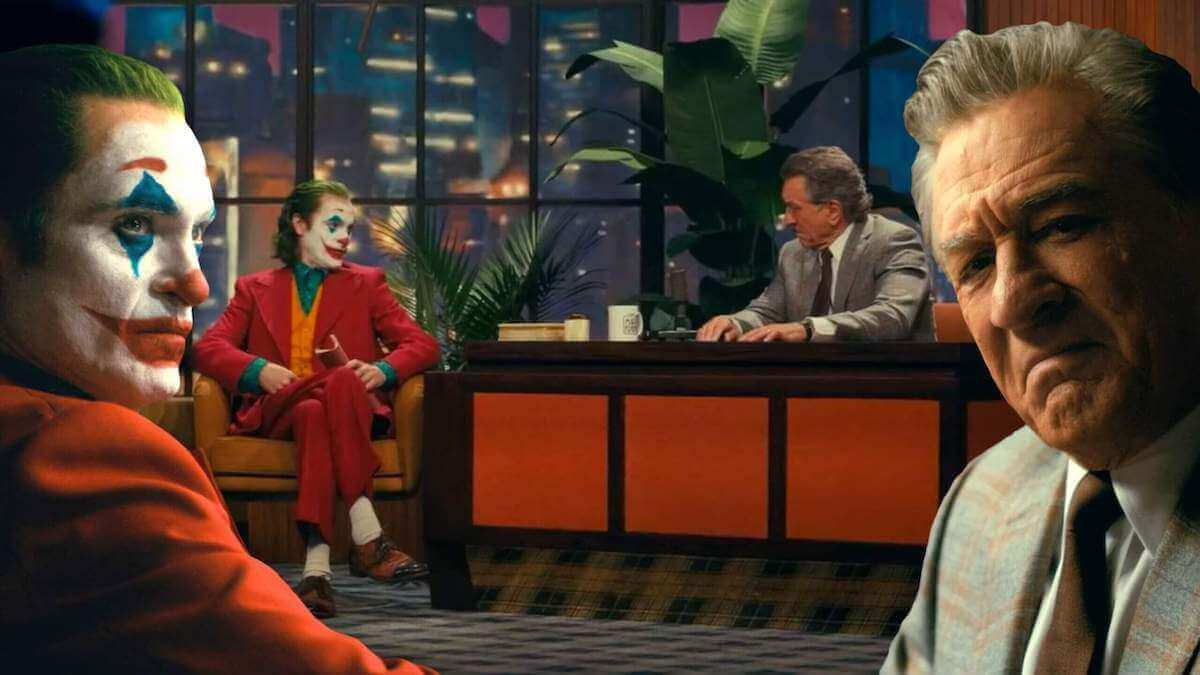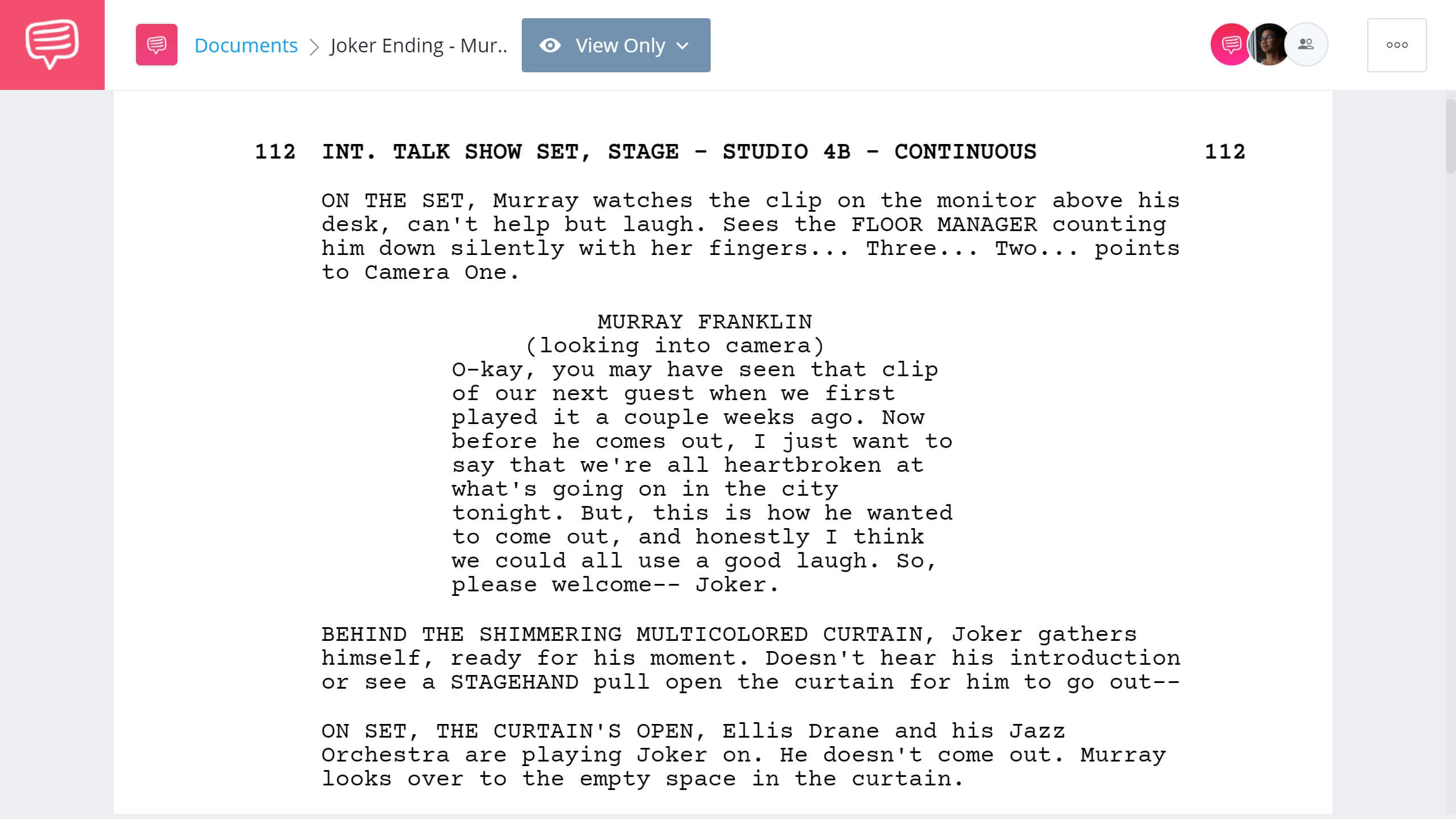Joker dominated 2019. Upon its release, it topped the box office and attracted an unprecedented amount of attention from press and public alike. Joker’s ending is without a doubt one of the main reasons why: it’s a third act filled with unforgettable moments and tantalizing twists. What makes the Joker ending so instantly iconic? The answer lies in director Todd Phillips’ use of form, theme and social commentary, all of which become clear upon further analysis.
Joker Meaning
Ending Joker
Although it was groundbreaking in many ways, Joker follows a pretty conventional three-act structure.
The third act begins with Arthur’s much-anticipated appearance on Murray’s show. This is the moment the film has been building up to, both in plot and theme. From the beginning of Joker, we see Arthur watching Murray’s show longingly. As an aspiring comedian, to get on Murray’s show would be a crowning achievement.
Arthur arriving on Murray’s show is also the conclusion to a driving theme throughout Joker: the insatiable need for attention. For most of the film, Arthur is ignored by loved ones and society alike. By getting on this late night show, Arthur is finally being seen.
The climactic scene ends with Arthur confessing to the subway killings and shooting Murray. From here, the film, which has been a slow burn for most of its runtime, is kicked into overdrive.
Arthur is driven in a police car as he watches the riots he’s inspired. Then, a hijacked ambulance smashes into the squad car and Arthur is knocked unconscious. The film cuts to other scenes of chaos, one of which features the Wayne family (Thomas, Martha and Bruce) leaving a movie theater.
A man dressed as a clown approaches them and pulls a gun. Any Batman fan can anticipate what happens next: Thomas and Martha are slain in front of their son.
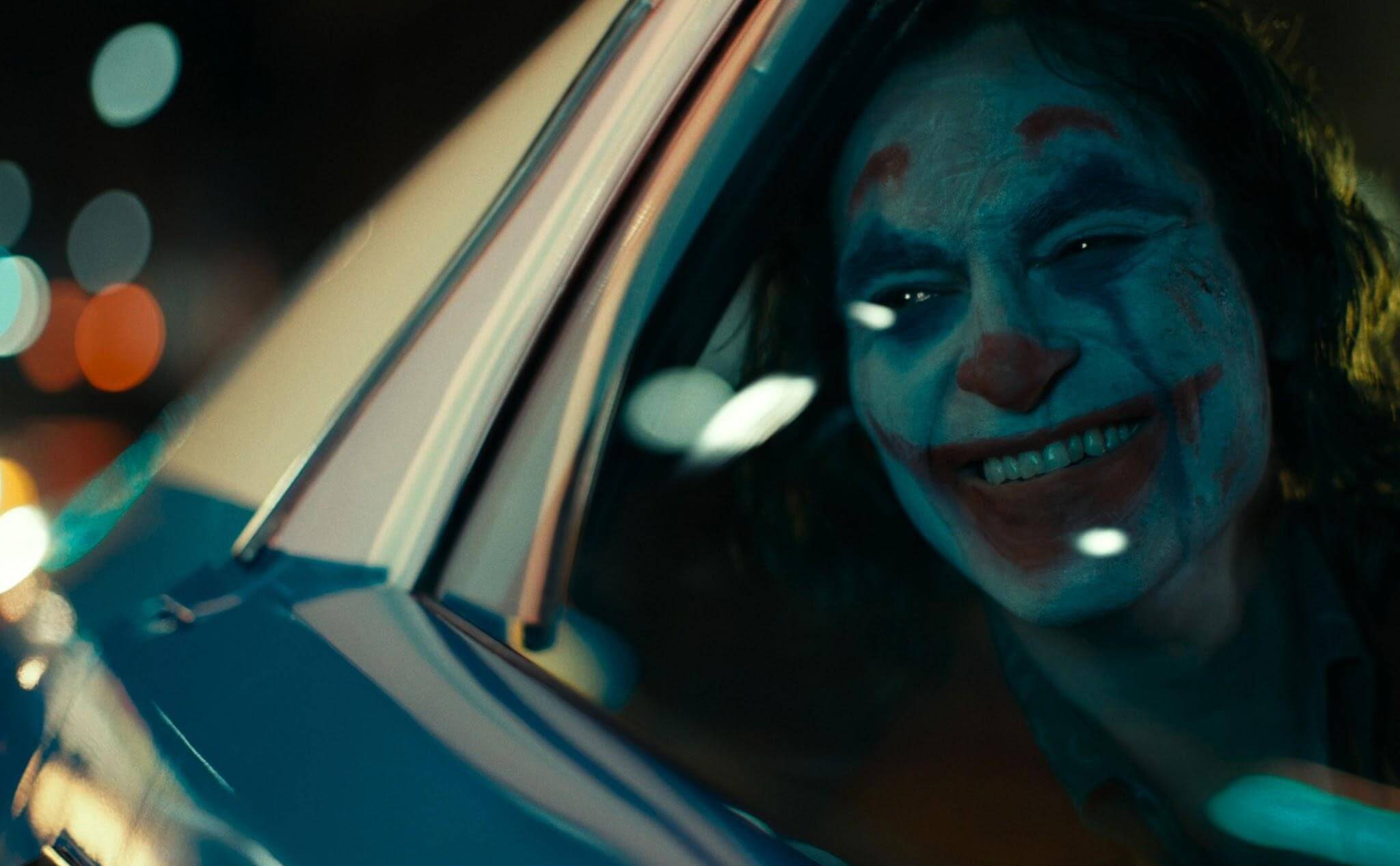
After the Joker Murray scene
We cut back to Arthur, who wakes up to the bedlam he’s wrought. He celebrates, and in turn is celebrated by the throngs of rioters. Cut to black.
We open back up on an extreme close up of Arthur’s face. He’s in a psychiatric ward (presumably Arkham Asylum) and he’s laughing. The social worker sitting across from him asks what’s so funny, and there's a brief cut of young Bruce standing over his dead parents. Back to Arthur, who responds, “You wouldn’t get it.”
Then, in a static wide shot, we watch Arthur walk through the halls of Arkham, trailing blood behind him — he’s just killed the therapist.
And with that, Joker ends.
Joker ending scene
Even though this ending feels inevitable, it’s still crushing and riveting to watch. Let’s look at why.
Ending of Joker
Creating a Climax
But the Joker ending scene isn’t memorable simply because of what happens to its key characters. Its iconic status is obtained through a combination of skillful screenwriting, detailed mise en scéne, and deliberate camera work.
Story
One of the most memorable scenes of Joker is Arthur’s appearance on Murray’s show. There’s a reason for this: it’s the climax of the entire film.
Director Todd Phillips recognized the importance of this scene and utilized every cinematic tool at his disposal to make it pop, from the script to the editing room.
First, let’s look at the screenplay written by Phillips and Scott Silver, which we imported into StudioBinder’s screenwriting software.
Joker Script
The scene follows its own three-act structure. In the first act, we have Murray introducing Arthur. Once Arthur comes on stage (our break into Act Two), the jokes are all at his expense. Murray and the crowd are laughing at him.
Then comes the midpoint turn of the scene: Arthur reveals he killed the three Wall Street guys on the subway. The power dynamic shifts: Murray loses control of the scene, and Arthur begins to dominate.
MIDPOINT DEFINITION
What is a midpoint?
The midpoint, or midpoint turn, is a screenwriting term that shows up in the Save the Cat beat sheet. It often occurs around halfway through a screenplay and it indicates the point where the story, or the protagonist’s arc, shifts directions. For example, if everything is going well for a protagonist, this is when things start going poorly.
The scene’s third act, its finale, is Arthur killing Murray. He has fully taken control and embodied his Joker persona.
Elements
The elements of the scene also reiterate its themes and importance.
First, there’s Arthur’s makeup and costume design. He now looks like the iconic comic book character: green hair, clown makeup, and an orange and red suit. This is really the first time we see him fully put together in the get-up, and it visually indicates that Arthur has nearly completed his transformation into the Joker.
Additionally, there’s the diegetic sound of the audience and the house band. Both are upbeat: the audience is laughing and applauding, the house band is playing a cheery tune. This dissonance, between what we as the audience know is a very dangerous man and the sanguine sound design, dramatically heightens the tension of the scene.
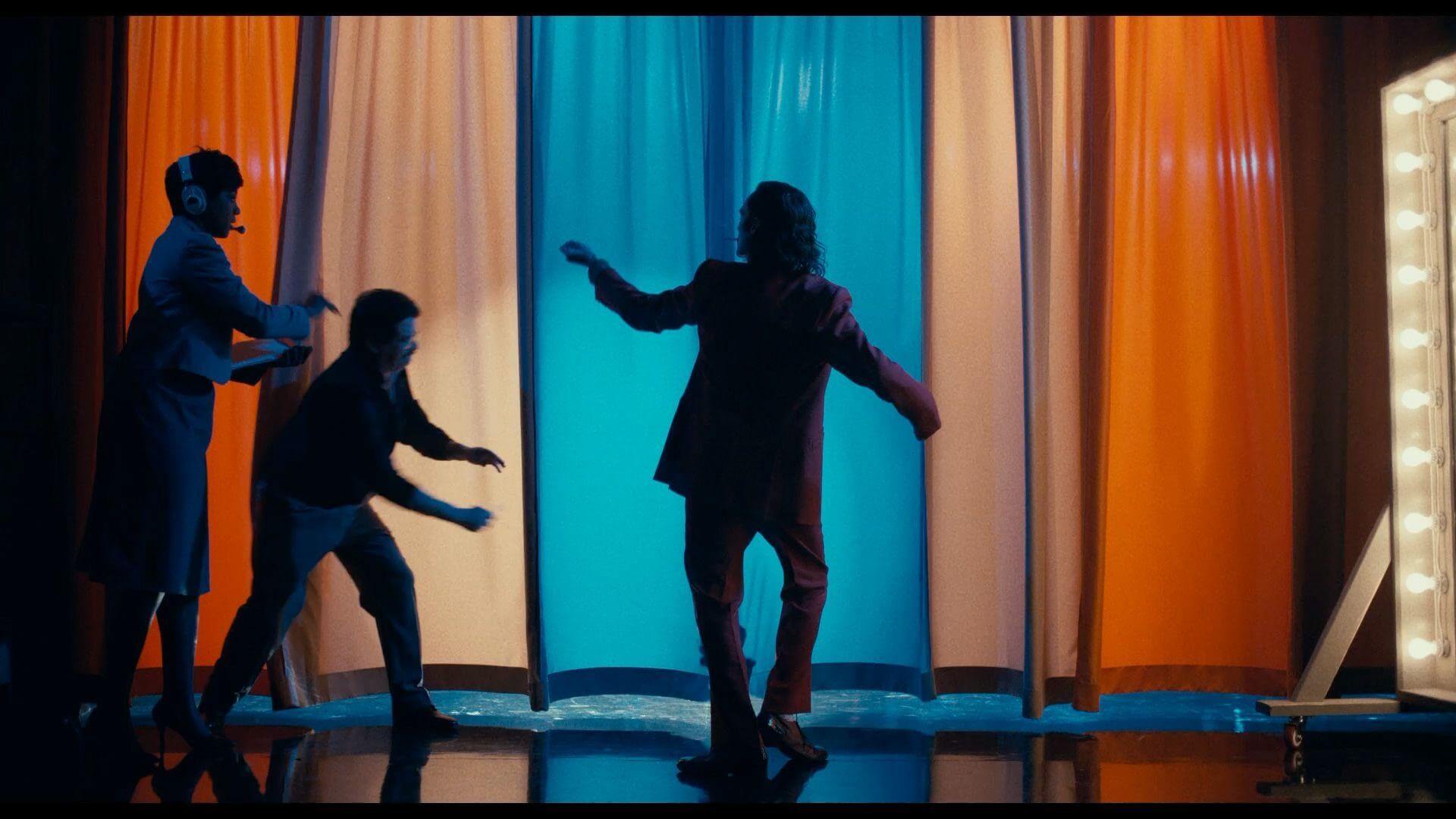
Joker Murray scene
Presentation
The cinematography choices in the climactic scene are also telling. In many of the shots the TV cameras are placed in the foreground, and in others, we’re seeing the scene through what the TV cameras are filming. By doing this, Phillips is hammering home the theme of attention: Arthur is finally getting it, all eyes are on him.
We can also look at the change in coverage after Arthur reveals he is a killer. The camera placement crosses the 180-degree line and allows the cinematographer Lawrence Sher to have more dynamic lighting rather than the flat TV lighting the scene has utilized up until then. Darkness is entering the scene.
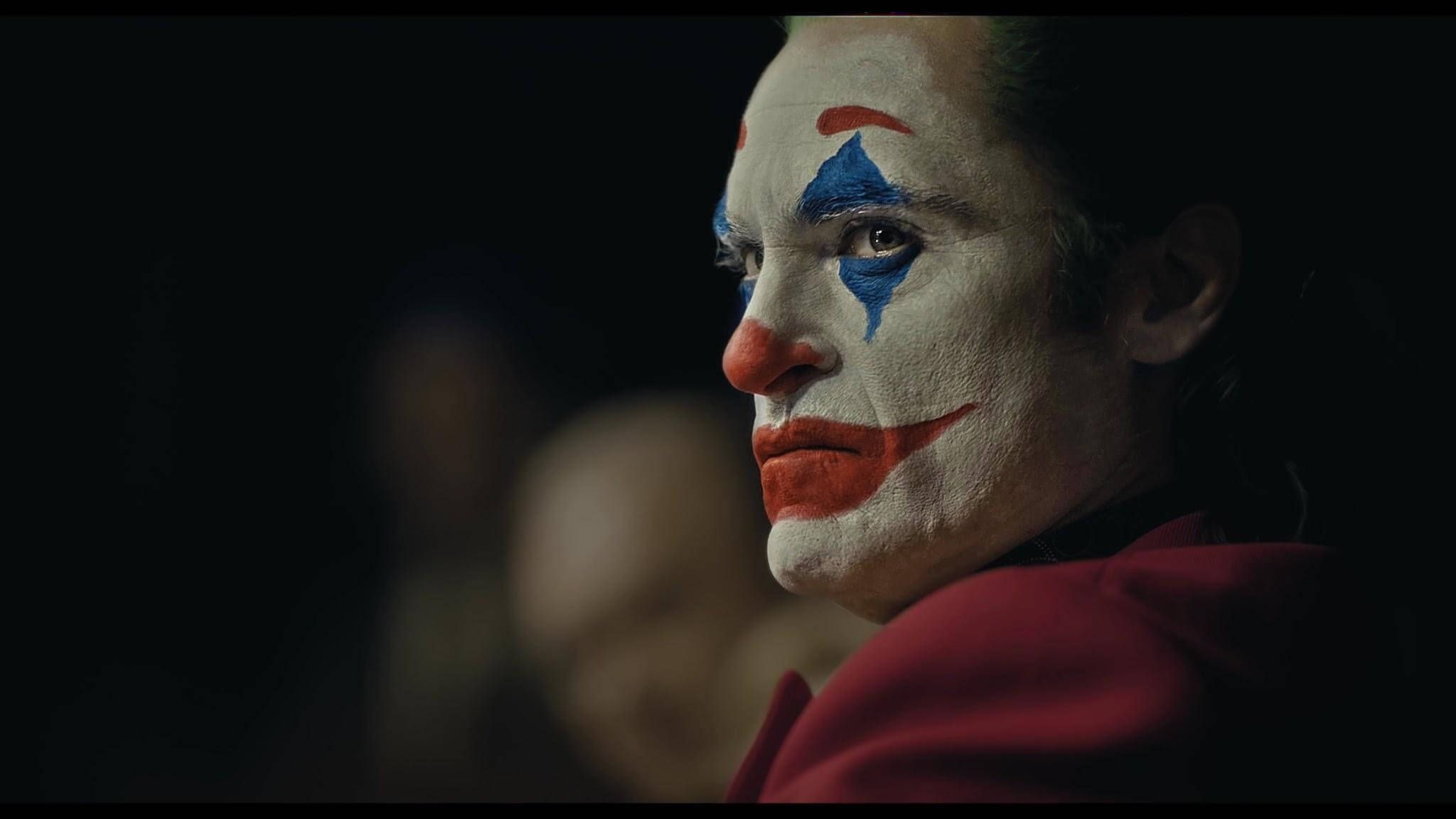
Dynamic lighting after Arthur’s reveal
Then we have the crucial finale, after Arthur has killed Murray: Arthur grabs hold of one of the TV cameras. He has literally taken control of the scene.
Arthur takes control of Murray’s show
These very intentional choices made by Phillips provide any filmmaker with a roadmap to make a climax that packs a cinematic punch.
Ending of Joker Explained
Leaning into ambiguity
After the expertly executed climax, Arthur takes in the glory of his newfound infamy in the streets of Gotham. For many filmmakers and fans, the fade to black during Arthur’s celebration might have seemed like the end of Joker: the dominant themes were tied up, the plot resolved.
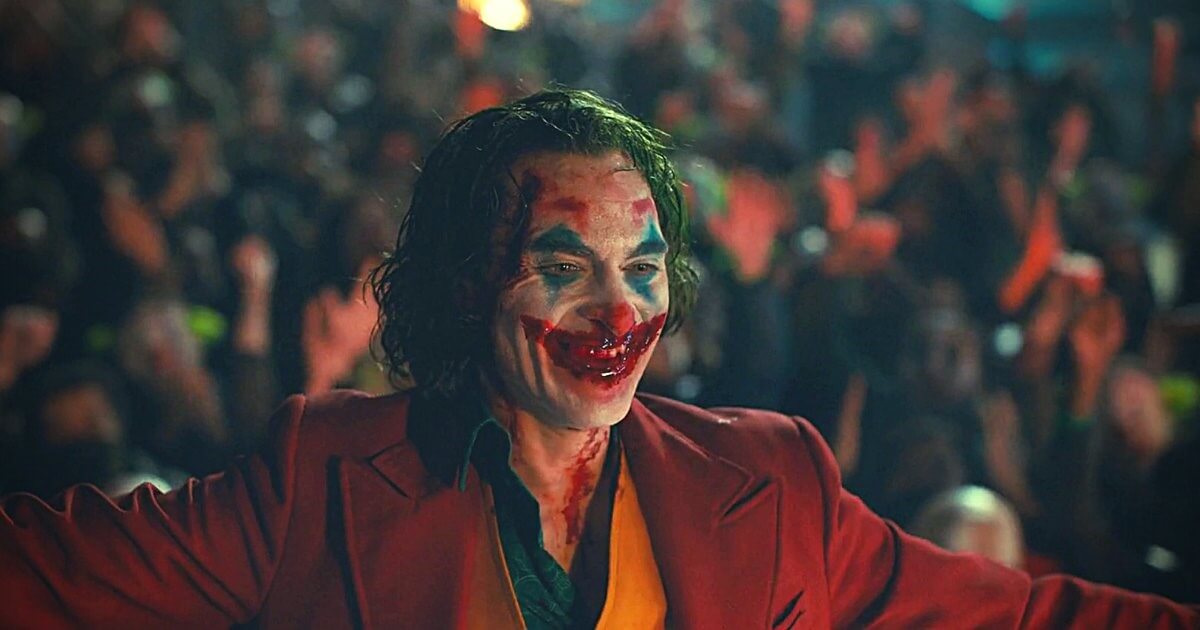
Did Joker kill the psychiatrist at the end?
So why did Todd Phillips decide to include a final scene that has beguiled fans and critics since Joker’s release?
The Joker ending scene calls everything the viewer watched before it into question. Did any of what was shown in the film actually happen, or is it the ravings of a sad man locked away and yearning for attention? Is Arthur even the Joker? Fan theories abound.
But trying to discern what was real and what wasn’t may be missing the point. Phillips didn’t include that last scene simply to drive fans insane — ending Joker in this way ties up themes that the climax didn’t and enhances the meaning of the film.
Throughout Joker, we can see that Arthur is an unreliable narrator. He fantasizes that he is on Murray’s show. He pretends that his neighbor Sophie is interested in him romantically. Each time, the facade is torn down. These are things that are simply too good to be true.
The third act is filled with things that are too good to be true: Arthur gets on Murray’s show and then becomes an instant icon for a burgeoning counterculture movement? Hard to believe.
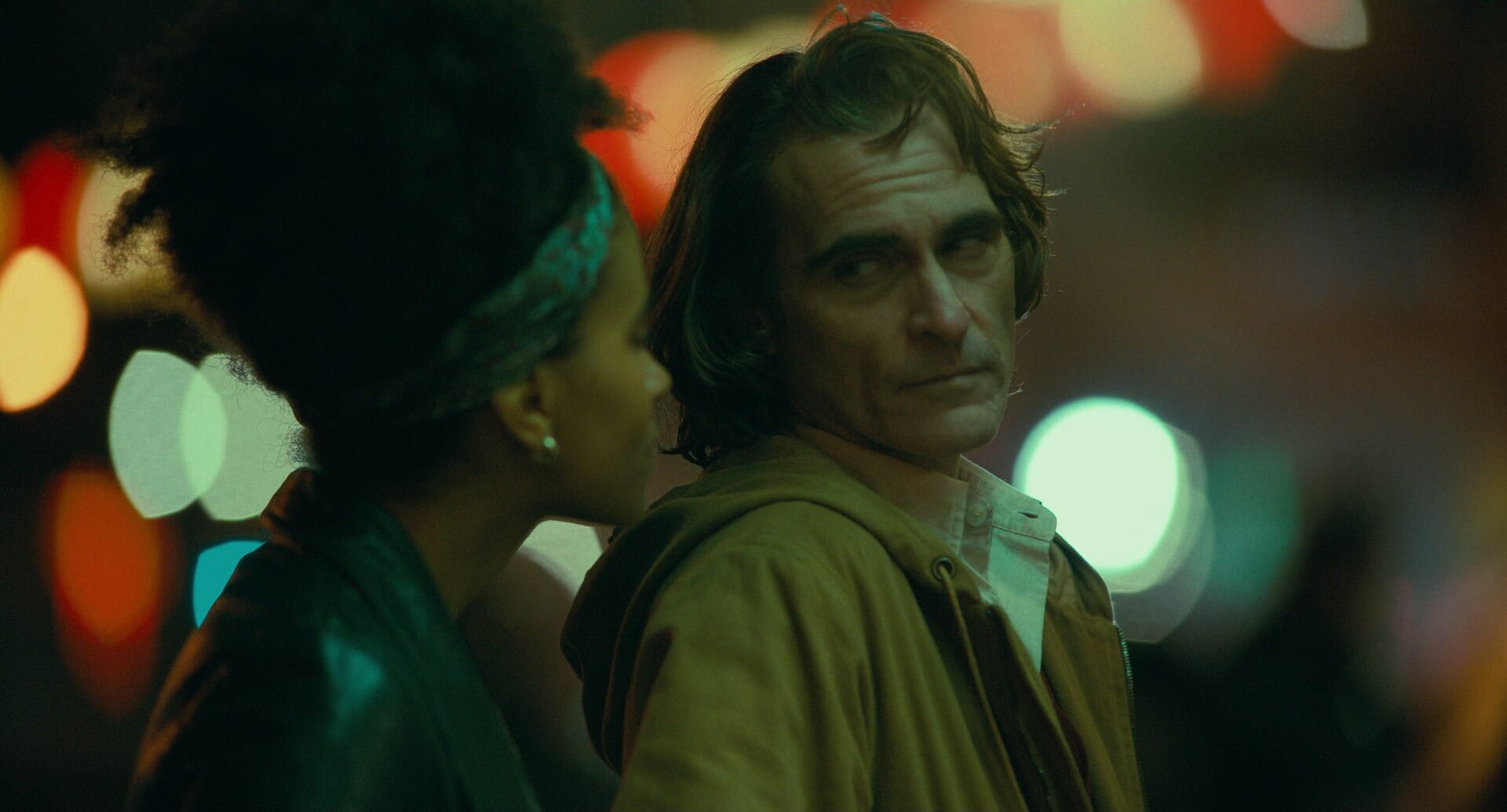
Arthur with Sophie, his invented girlfriend
This ending also informs another theme: Arthur’s self-involved and self-pitying nature. Murray calls Arthur on it right out, but his point isn’t well taken (see: Murray being shot in the face). So if the film ended with Arthur being a celebrated icon, it would seem to be indulging his fantasy and his methods in achieving it.
By adding a final scene that calls the veracity of the entire story into question, the end of Joker reminds us that Arthur is a man plagued with delusions of grandeur: a man who may have stumbled into “success,” but just as likely may be as far from it as ever.
Ending of Joker, according to Todd Phillips:
"There’s many ways to look at the movie. He might not be Joker. This is just a version of a Joker origin. It’s just the version this guy is telling in this room at a mental institution. I don’t know that he’s the most reliable narrator in the world."
Ending of Joker Explained
Disrupting the genre
In many ways, Joker expanded what people thought could be done within the superhero genre. It is largely without action, and has no big blockbuster set pieces at all. Instead, it acts as a grounded drama filled with social commentary — a description no one thought would ever be applied to a superhero movie.
There’s a lot we can learn from its success. The movie should encourage aspiring filmmakers to think outside of the box, even when you’re making a genre movie where the rules feel set in stone. The Joker ending is a great example of a writer/director taking big risks that pay off.
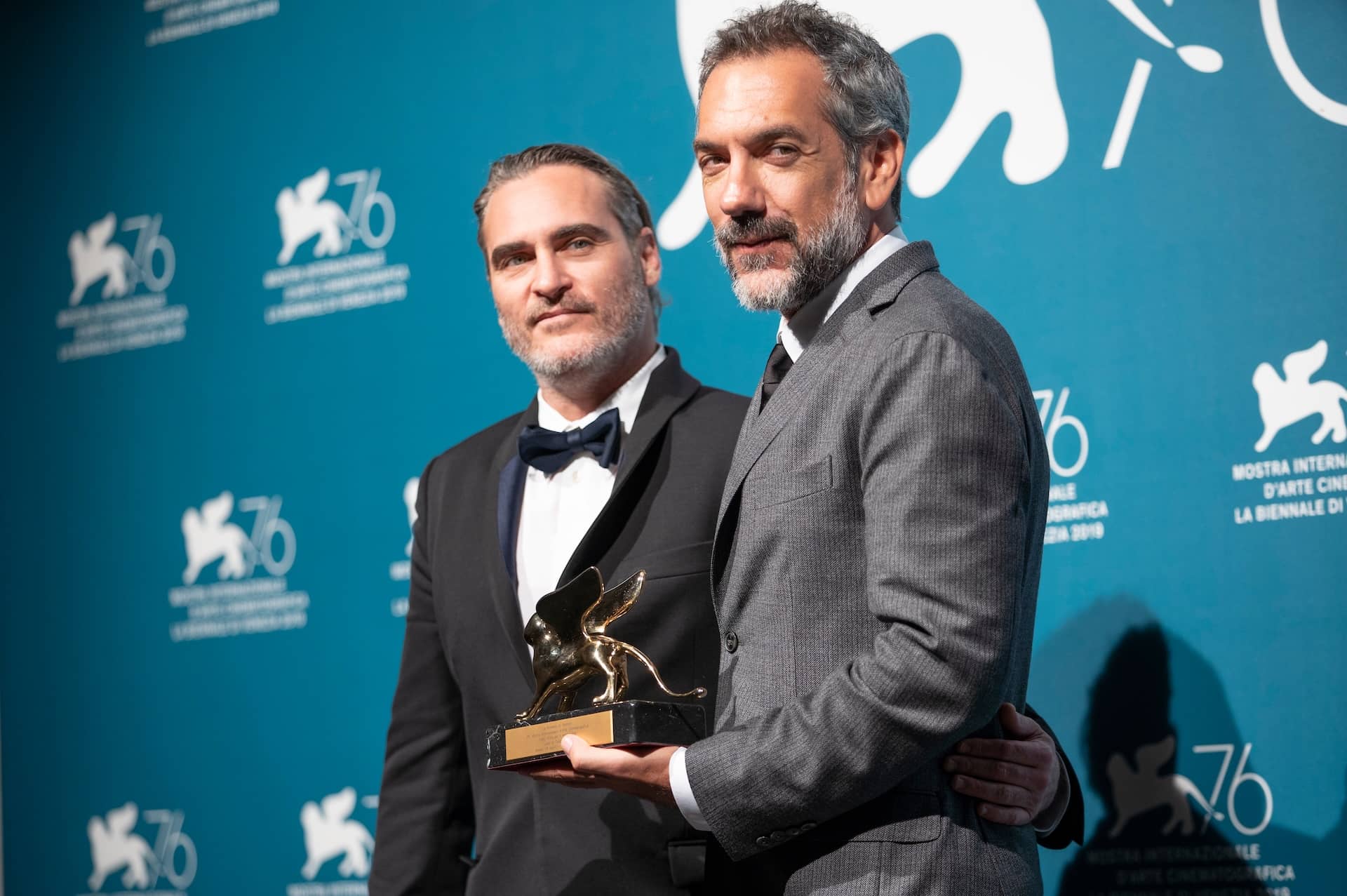
Director Todd Phillips and Joaquin Phoenix
UP NEXT
The Joker controversy explained
For more analysis of Joker, check out our look at the controversy which swirled around Joker’s release. This article breaks down each point of argument, explains where it’s rooted, and also gives a great guide on how to write an antihero as controversial as Todd Phillips and Scott Silver's creation.
